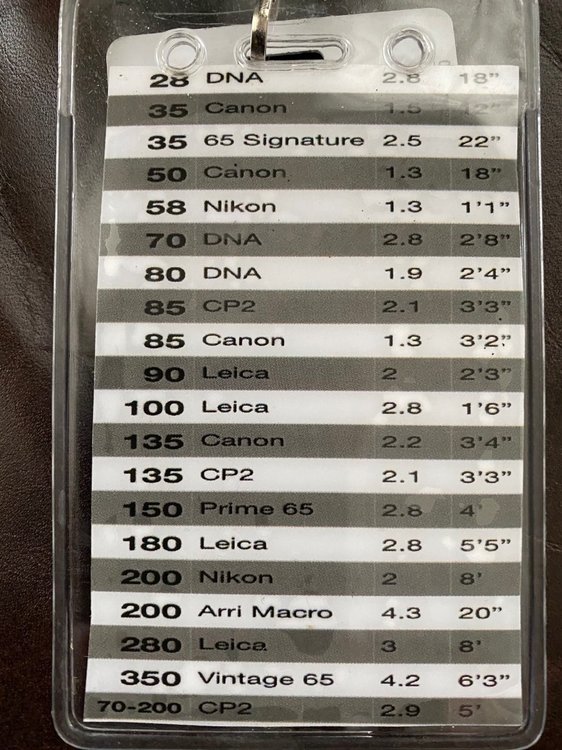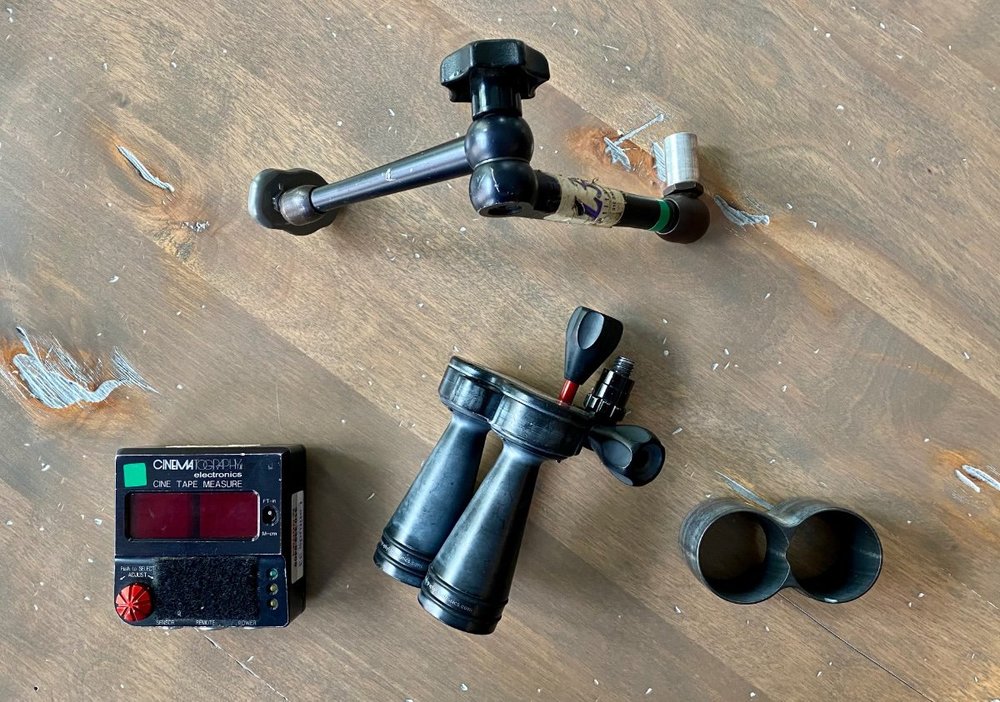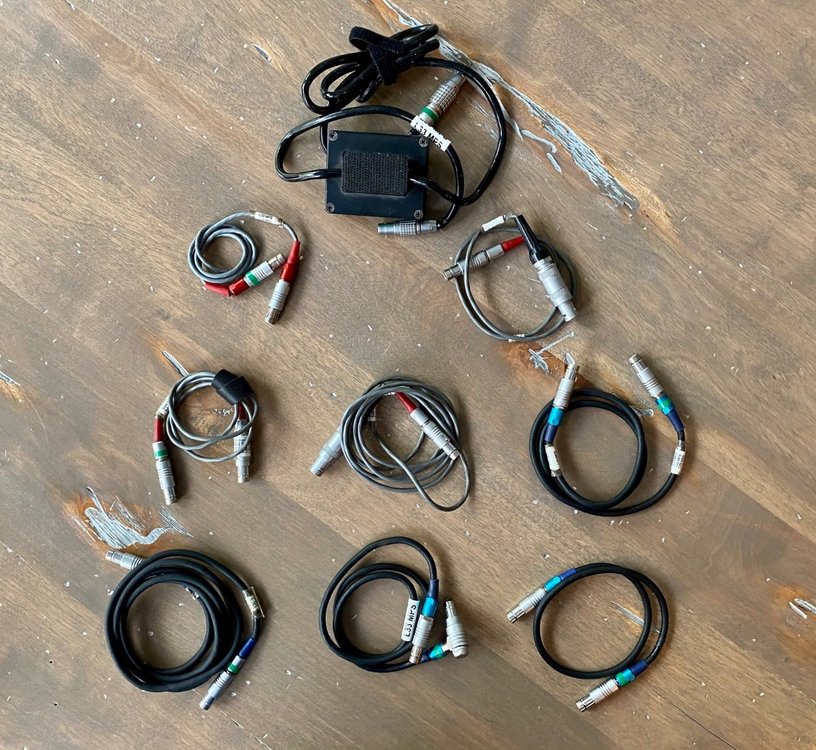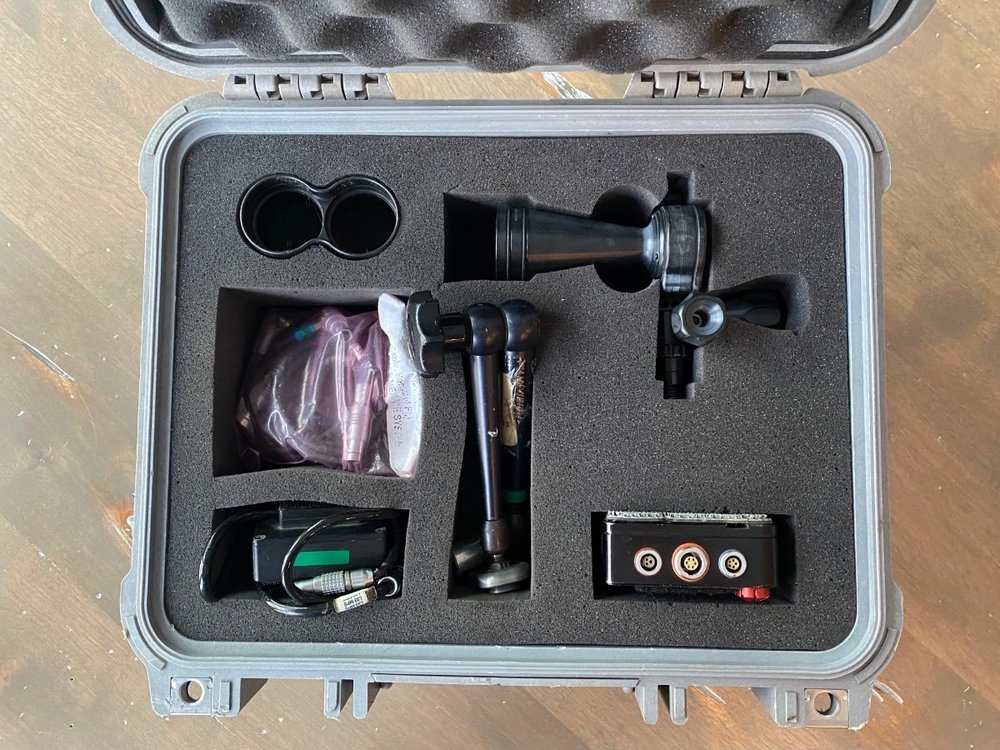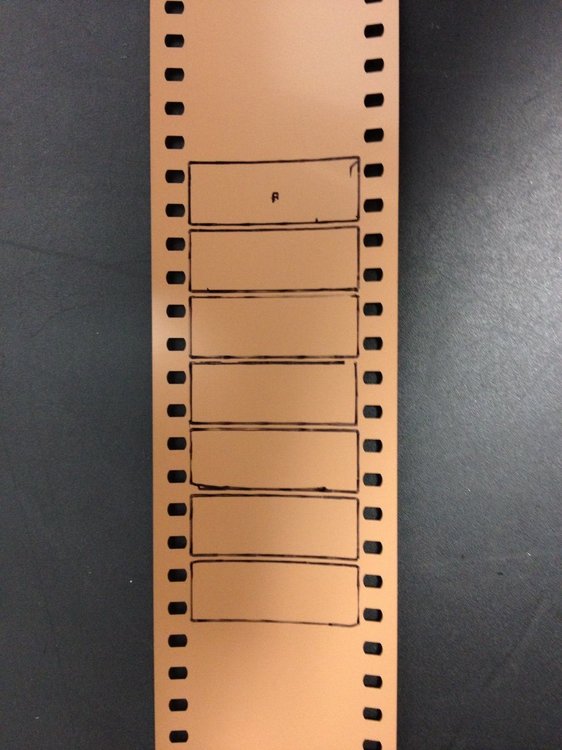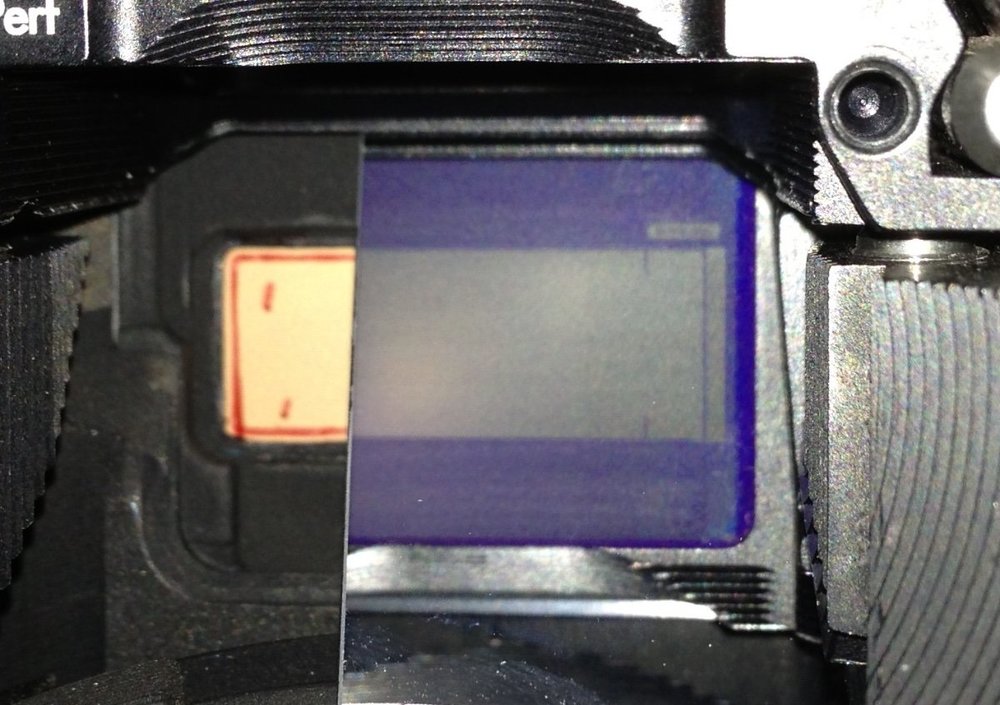-
Posts
988 -
Joined
-
Last visited
Everything posted by Gregory Irwin
-

Relying on Monitors When Pulling Focus
Gregory Irwin replied to Forrest Kos's topic in Camera Assistant / DIT & Gear
Monitor focus pulling is a different skill set from traditional focus pulling that requires patience and practice to master. For me, after over 3 decades of film focus pulling, I successfully have made that transition. It offers me many more opportunities to help tell the story via focus. Focus pulling is no longer a technical process but now a creative one. I love that. I sit quietly in my chair, away from set, with my Small HD 1303 monitor in front of me, my Preston handset mounted to the monitor stand and a Comtek in my ear so I can hear the dialogue. This allows me to “watch” the movie and make story telling decisions in real time on how and where to play the focus so it maximizes the effectiveness of the shot. It’s almost like a video game! The point is, I can see focus opportunities that I wouldn’t see if I was standing next to the camera pulling in the traditional way. Finally, since I can see my work as it happens, I don’t worry about if I got the shot in focus or not. I can guarantee my work with confidence right then and there. G -
How much? Is the pin a Preston connector? Thanks! G
-
In my opinion, there are no rules. Look at my lens package from JOKER. we had a total Frankenstein set and we earned an Oscar nomination for Cinematography! G
-
Hi! I would simply measure from your subject (the singer?) and place strips of tape on the floor. Make them small if the camera is going to see them on the wide. As the camera’s sensor plane passes over your marks you set the focus accordingly. I recommend taping a thin line of brightly colored tape on the camera so you can see the sensor plane on the camera. Also, don’t place too many marks. You’ll get confused. Maybe go from 10 feet, 5 feet and 2 feet if you’re that close in the end. You can choose what distances make sense to you. Anything beyond 10 feet, you’ll have the DOF to help you out on a 25mm lens. Feel the rhythm of the camera move and turn that knob!! ? KEEP IT SIMPLE!!! G
-
Thanks Dom! I appreciate you. This is for a young filmmaker who just purchased one and was asking me about it. I’ll pass on your info! G
-
Hi all… Does anyone know who and where one can have a spring wound, Bolex reflex camera converted from standard 16mm to super 16? Many thanks! G
-
My point exactly regarding spending the money and starting off in debt right off the bat. It doesn’t end with just the camera, you must accessorize it as well. That turns into a never ending list of stuff and lots of $$$$! Trust me. I own a camera rental company and even though it’s on a different level, the money keeps being spent to keep up. The difference is that my business has a clientele and turns all that spending into profit. It’s daunting at times! G
-
I always get nervous when I see young people spending money on equipment and don’t have a market to use it in effectively. By buying all of this gear, you are already starting in a deficit. I personally wouldn’t part with the money until you have a market to use it in. In the meantime, you can hone your skills without the expense by using older gear or even borrowing a camera with a fixed lens. I can make better images with my iPhone than most amateurs can with a $2000 camera. It’s not the gear but the talent behind it. G
-
I’ve used the D series Dom. I had a D40mm that was my favorite at the time. Those mixed with the Bs and Cs made for a very good set. G
-
Uh… do you want to think about this Dom? ? Bravo! Well done! ? G
-
I love this topic because it deserves much more attention than it gets. I run my camera team as a business. After all, we are in show business. As a head of the department, I am not only responsible for the technical aspects of cinematography but also I’m responsible for the budget, staffing and logistics of the camera department. As I’ve mentioned in past posts, I’ve had the same team with me for many years. When it’s time for them to move up, I move them up within the team to keep them on the team. My job isn’t to tell them what to do but rather LISTEN to them for what they need to perform their jobs at the highest level and make it fit within our given parameters. I’m a true believer in a business management model that I have practiced for years. It’s called “The One Minute Manager “. It’s theory is that if I have hired the right people in the beginning, I don’t need to manage them for more than a minute at any time. If I do need to manage longer than that, I didn’t do my first job correctly by not hiring the right people. That’s completely on me. Hire the best out there and do not micro-manage them unless necessary. If that becomes necessary, changes may be next. My job is to keep the team on target for the end goal and let them loose! That’s exactly why I know my entire team is in the top 1% in the world for their crafts. That’s also why the Hollywood studios request me to head up their camera departments on big budget movies, in order to protect their investments as well as producers and, of course, cinematographers. I say that very humbled and modestly. There is a series of books on The One Minute Manager and I highly recommend them. It’s a simple and effective business management tool. G
-
What lenses and what NDs are you using?
-
They’re all big and HEAVY!!! ??♂️ G
-
Citizen Kane
-
Yes it was Dom. I had all four, existing 15 perf MSMs. I’ve used the Panavision 65 in the past and have played with the Arri 765 although Ive never shot with it. G
-
I didn’t mean to offend you at all Dom for I respect you very much. I’ve been in the inner circle of Panavision since around 1980. I’ve seen all of the ups and downs the company has been through. I’ve personally known every CEO, including your current one. My point is simple. The DXL hasn’t been the success Panavision had hoped for and I doubt very much that they would invest capital on a large format film camera that would see overall limited use in a digitally dominated market. I do realize that your lens development and other products move forward at a rapid pace. All good. I enjoy all of your knowledge in this area. G
-
I doubt Panavision would be able to financially develop new 65mm film cameras. If it wasn’t for their Federal Systems division, they may not still be in business. But Tyler is correct about the noisy cameras. They are loud! The other thing that IMAX needs to improve is the film jamming issues the older cameras have. They jam so easily and it’s a huge deal to clean out the camera, insure that it’s still in shutter time and getting it back into circulation. This can take an hour or more. I got around that a bit better than normal by slowing down the ramp up speed. But that did use more precious negative to do so and it didn’t eliminate the problem. G
-
I have a complete CINETAPE kit with case that is in excellent condition for sale. It’s been owned by me since it was brand new and has been meticulously cared for. $3000.00 USD or OBO (originally $9,000).
-

Cinematography Electronics CINETAPE Kit
Gregory Irwin replied to Ignacio Aguilar's topic in Cine Marketplace
I have a Cine Tape kit for sale that’s in excellent condition. G -
The claw should not be an issue once retracted the moment the shutter opens. This sounds like a possible out of sync shutter to me. That’s really easy to determine by a simple test. Take about 3 feet of negative that you don’t mind wasting. On the emulsion side, with a fine tip sharpie, draw a straight line across the film from the perforation (s). Do this for several frames. Thread up the film in the camera. Looking through the open lens port, manually inch the movement so you can see the shutter opening. Now you can see the drawn sharpie line facing you. If you see the line perfectly static will inching the movement ( rock it back and forth if possible), the film is still for the moment of exposure. Your shutter is in sync. If you see the line slightly moving, your shutter is out of sync and opening while the film is transporting from one frame to the next. That could be what you are seeing. Below are 2 photos of how you can do this. Here, the entire gate was traced. A simple line drawn as described above will work as well. Let us know what you find! G




